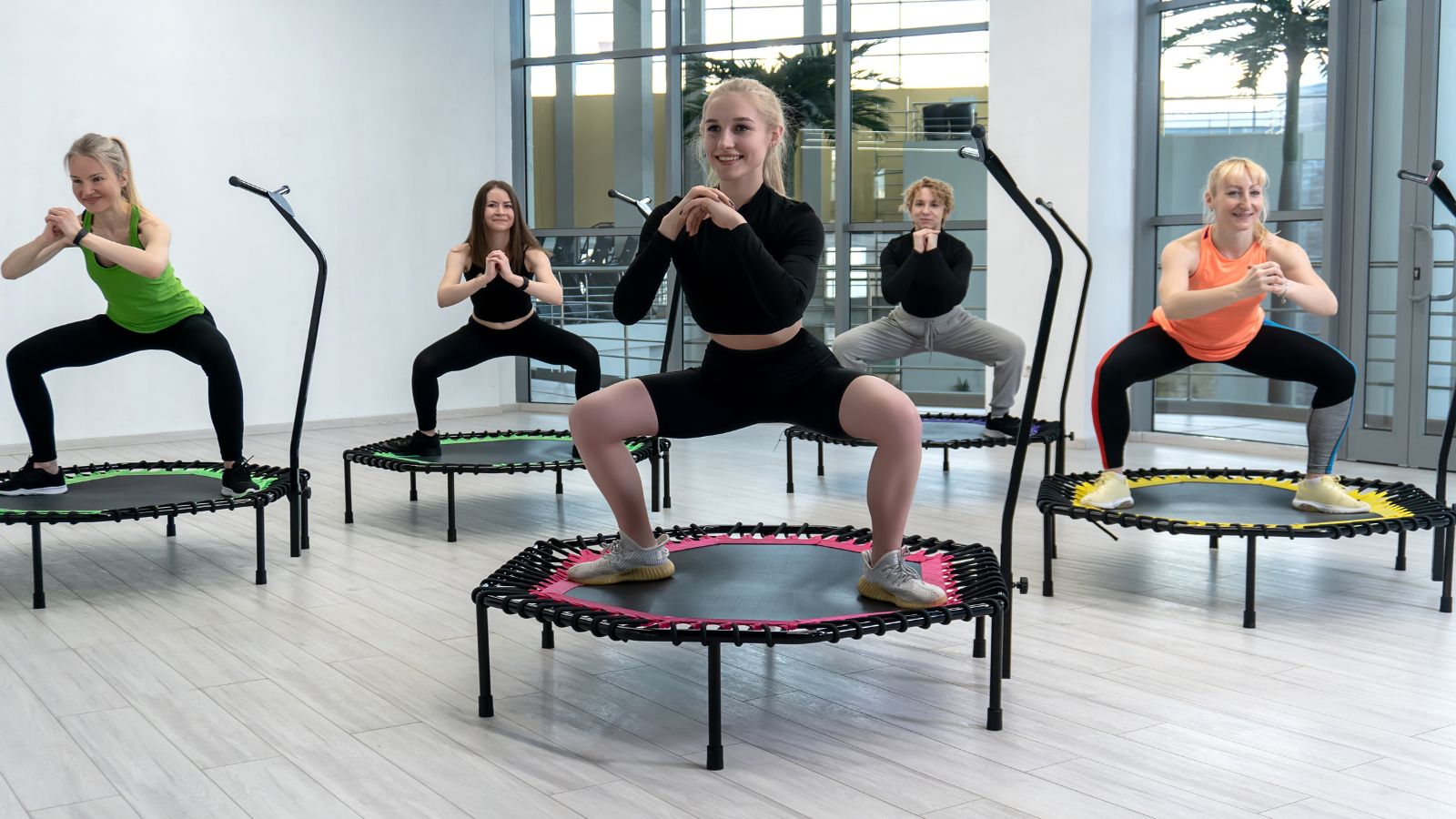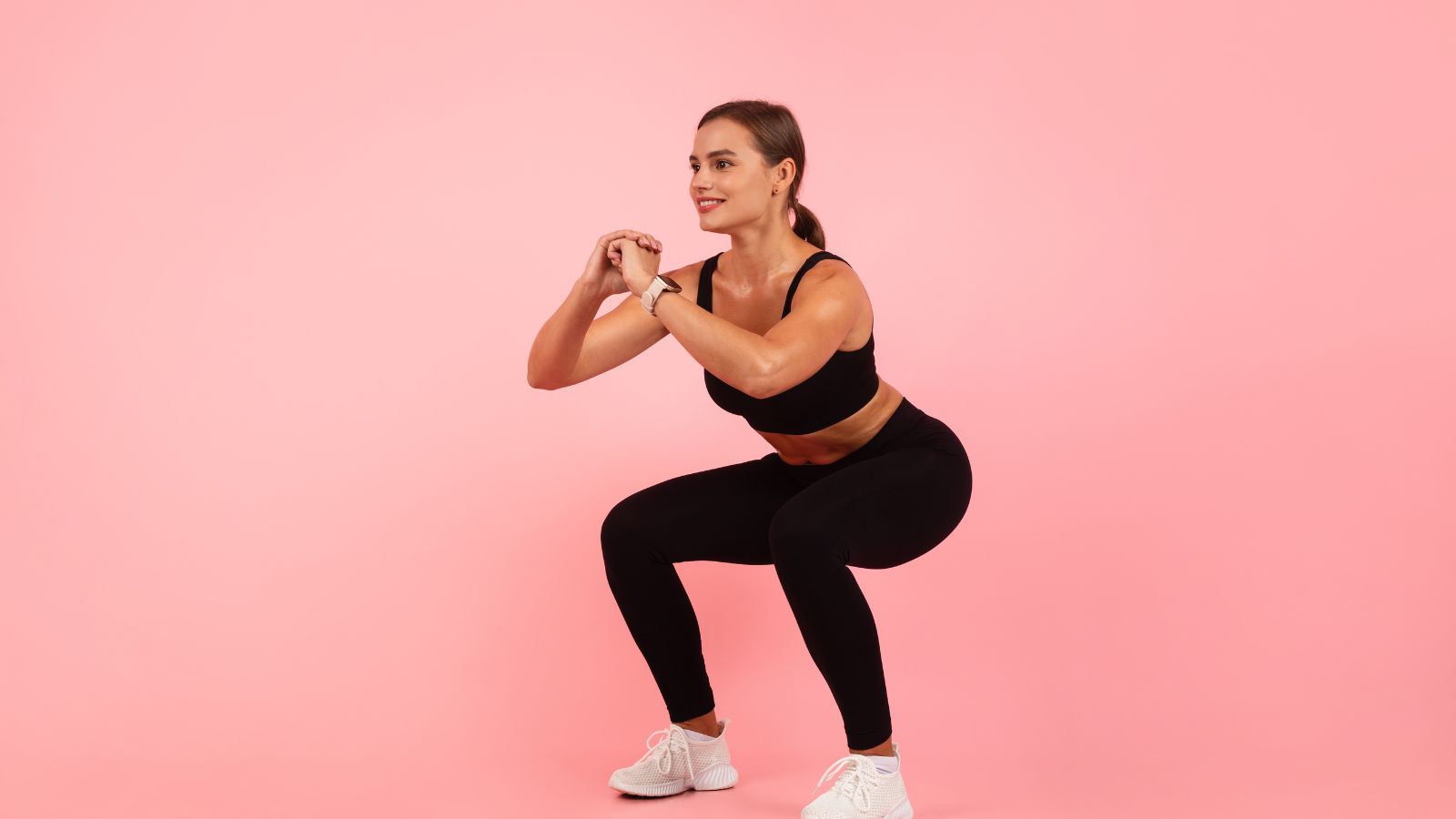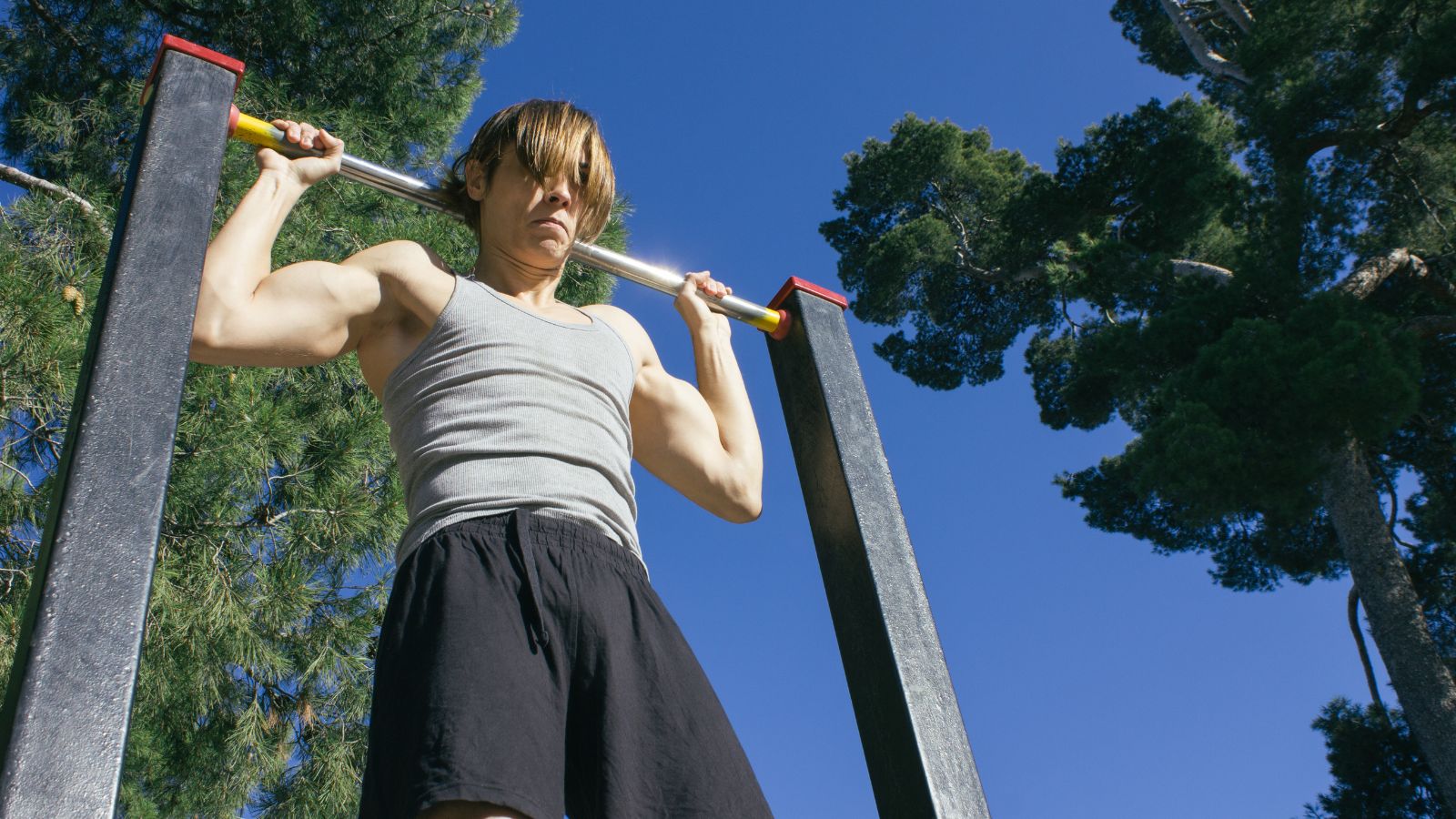Exercise trends come and go, but one thing that hasn’t changed is the desire to feel healthier, stronger, and more confident. Unfortunately, not all workout routines stand the test of time. Many old-school exercises we once thought were the key to fitness have been proven risky or ineffective.
Thanks to advancements in exercise science, we now know better. Let’s look at 17 workout routines that used to be popular and explore safer, more effective alternatives.
Behind-the-Neck Press

Do you remember this shoulder exercise? While it might have felt like a great way to strengthen your shoulders, this move forces your joints into an awkward position. Over time, it can lead to neck strain and rotator cuff injuries.
- Why It’s Risky: It stresses the neck and shoulders unnecessarily.
- What to Do Instead: Stick to overhead presses where your arms stay in a natural range of motion.
Straight-Leg Sit-Ups

For years, sit-ups were the go-to for building strong abs. But doing them with straight legs can strain your lower back unnecessarily. Instead of strengthening your core, you’re more likely to feel discomfort.
- Why It’s Risky: It targets the hip flexors more than the abs and stresses the back.
- What to Do Instead: Try crunches or planks for a safer and more effective core workout.
Bouncing Stretches

You’ve probably seen or done this before—bouncing while trying to touch your toes. Known as ballistic stretching, this old method can cause tiny tears in your muscles and make them less flexible.
- Why It’s Risky: It can lead to injuries instead of improving flexibility.
- What to Do Instead: Opt for dynamic or static stretching and focus on slow and controlled movements.
Upright Rows

Once a gym favorite, upright rows involve pulling a barbell to your chin. The problem? It compresses the shoulder joints, making injuries all too common.
- Why It’s Risky: It’s tough on your shoulders and can lead to impingement.
- What to Do Instead: Go for lateral or front raises to safely target your shoulders.
Spot Reduction Workouts

Who wouldn’t want to melt away fat in just one area? Unfortunately, spot reduction is a myth. Doing endless crunches won’t magically burn belly fat, and thigh-targeting machines won’t slim your legs.
- Why It Doesn’t Work: Fat loss happens across your entire body, not in isolated areas.
- What to Focus On Full-body strength training, cardio, and a balanced diet.
Deep Squats with Rounded Back

Squats are fantastic—when done correctly. Deep squats, especially with a rounded back, put your spine and knees at serious risk. It’s an accident waiting to happen.
- Why It’s Risky: It can cause long-term back and knee injuries.
- What to Do Instead: Keep your back neutral and go as deep as your flexibility allows.
Behind-the-Neck Pull-Ups

Like the behind-the-neck press, this variation of pull-ups isn’t kind to your shoulders. It forces them into a position they’re not designed to handle, increasing your risk of injury.
- Why It’s Risky: Awkward shoulder positioning that strains your joints.
- What to Do Instead: Standard pull-ups or chin-ups are much safer and more effective.
Overemphasis on Cardio

For years, cardio was the holy grail of fitness. While it’s still important, focusing on cardio alone can cause muscle loss and overlook other aspects of fitness, like strength and flexibility.
- Why It’s Not Ideal: Cardio alone doesn’t build strength or address overall fitness.
- What to Do Instead: Mix cardio with strength training and mobility exercises for a well-rounded routine.
Wearing Weights During Cardio

Ankle and wrist weights may seem a good way to increase intensity, but they can disrupt natural movements and strain your joints.
- Why It’s Risky: Alters your stride and increases joint stress.
- What to Do Instead: If you want more resistance, wear a weighted vest that evenly distributes the load.
The Ab Roller Craze

Who didn’t want one of these back in the day? The problem is that many people use them incorrectly, which can lead to back strain instead of stronger abs.
- Why It’s Ineffective: Often misused and hard to control.
- What to Do Instead: Planks or stability ball rollouts provide a better core workout without the risks.
The Thigh Master

This 90s fad promised toned thighs with minimal effort. While it’s not entirely useless, it doesn’t burn many calories or improve functional strength.
- Why It’s Ineffective: It isolates one small muscle group without delivering significant results.
- What to Do Instead: Lunges, squats, and step-ups are much more effective for sculpting your legs.
Deadlifts with Rounded Back

Deadlifts are one of the best strength-building exercises—when done correctly. A rounded back puts your spine in danger and increases your risk of serious injuries.
- Why It’s Risky: High risk of back strain or injury.
- What to Do Instead: Focus on form with a neutral spine and start with lighter weights.
Kipping Pull-Ups for Beginners

Kipping pull-ups, popular in CrossFit, require a lot of momentum. While advanced athletes might handle them well, beginners risk hurting their shoulders because they lack the foundational strength.
- Why It’s Risky: Momentum-based movement increases injury potential.
- What to Do Instead: Stick to strict or assisted pull-ups until you build the strength to lift them properly.
High-Impact Aerobics on Hard Surfaces

Jumping and hopping exercises on hard floors were once the rage in aerobics classes. However, the repeated impact can wreak havoc on joints, especially if you do it frequently.
- Why It’s Risky: These exercises can lead to knee and ankle problems over time.
- What to Do Instead: Opt for low-impact cardio like swimming, cycling, or aerobics on cushioned surfaces.
The Shake Weight

The Shake Weight claimed to tone arms with its vibrating motion. While it looks fun, it doesn’t provide enough resistance to build real strength.
- Why It’s Ineffective: Lacks the resistance needed for muscle growth.
- What to Do Instead: Use dumbbells or resistance bands for more effective arm exercises.
Excessive Crunches

For years, people did hundreds of crunches daily, hoping for six-pack abs. But crunches alone won’t give you a strong core or visible abs—they can even strain your neck and back if done excessively.
- Why It’s Ineffective: Overworks one part of your abs without building functional strength.
- What to Do Instead: Incorporate planks, deadbugs, and anti-rotation exercises for a well-rounded core.
Standing Toe Touches

This classic stretch was once a staple in gym class. However, it can overstretch your lower back and hamstrings, potentially leading to injury.
- Why It’s Risky: It strains the back and doesn’t provide much flexibility benefit.
- What to Do Instead: Try hamstring stretches while seated or lying down, ensuring your back is supported during the exercises.
Conclusion: Out with the Old, In with the Safe

It’s easy to stick with what’s familiar, especially if you’ve been doing it for years. But as fitness science evolves, so should our workout routines. Many of these old-school exercises either increase the risk of injury or don’t deliver the results we’re aiming for.
The good news? There are plenty of safer and more effective alternatives. If you’re unsure where to start, consult a trainer or fitness professional to design a program that works for you. Remember, progress is about working smarter, not harder.
25 Countries Predicted to Become Economic Superpowers in the Next 20 Years

The strength of an economy plays a crucial role in various international policies about trade and relations. Certain factors determine the strength of an economy, including population growth, availability of resources, and development and advancement. Here are 25 countries predicted to become economic superpowers in the next 20 years
25 Countries Predicted to Become Economic Superpowers in the Next 20 Years
